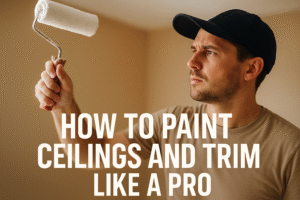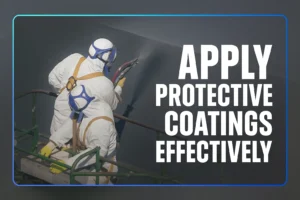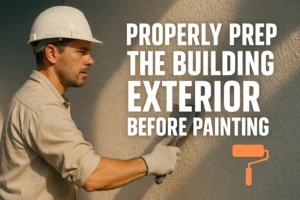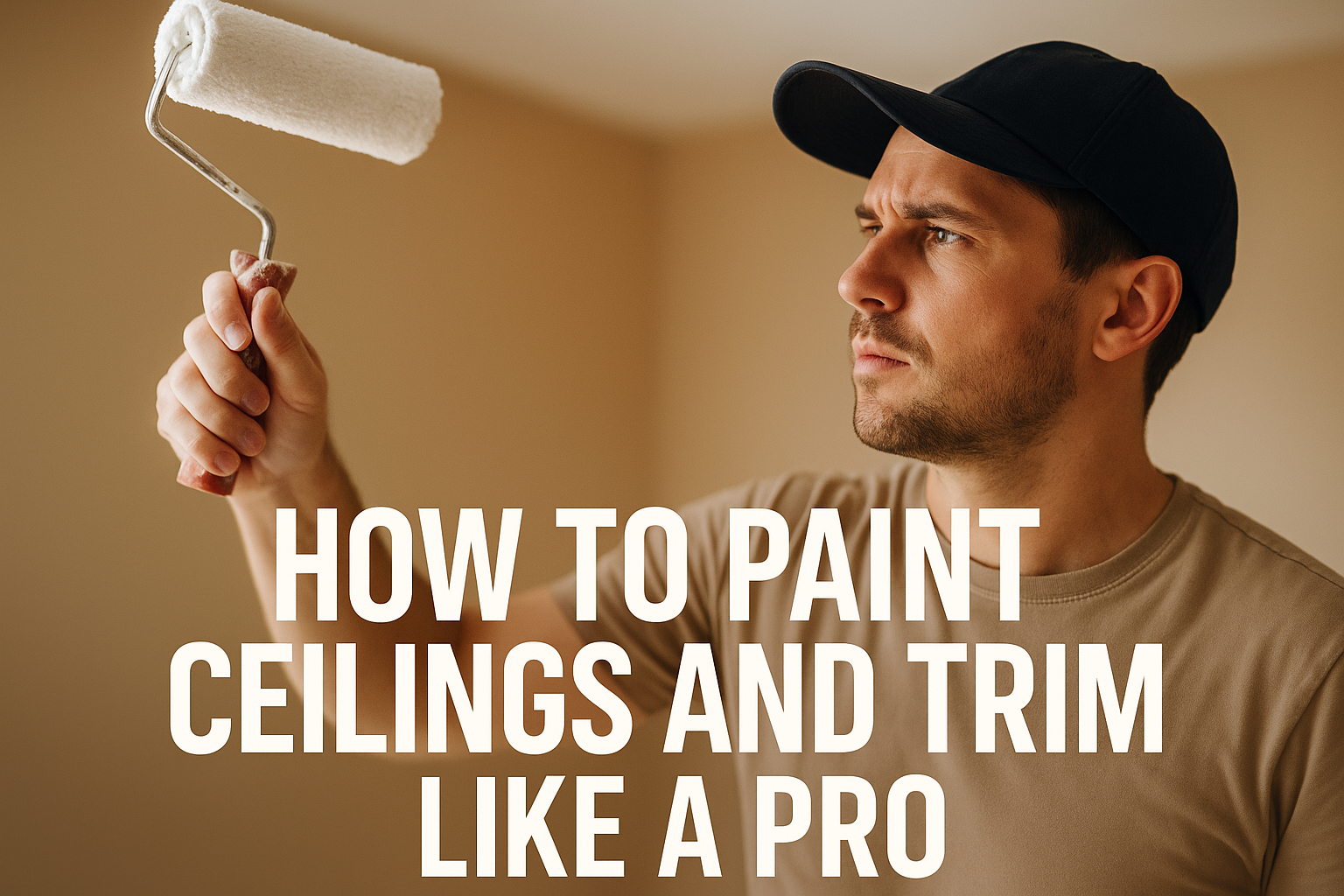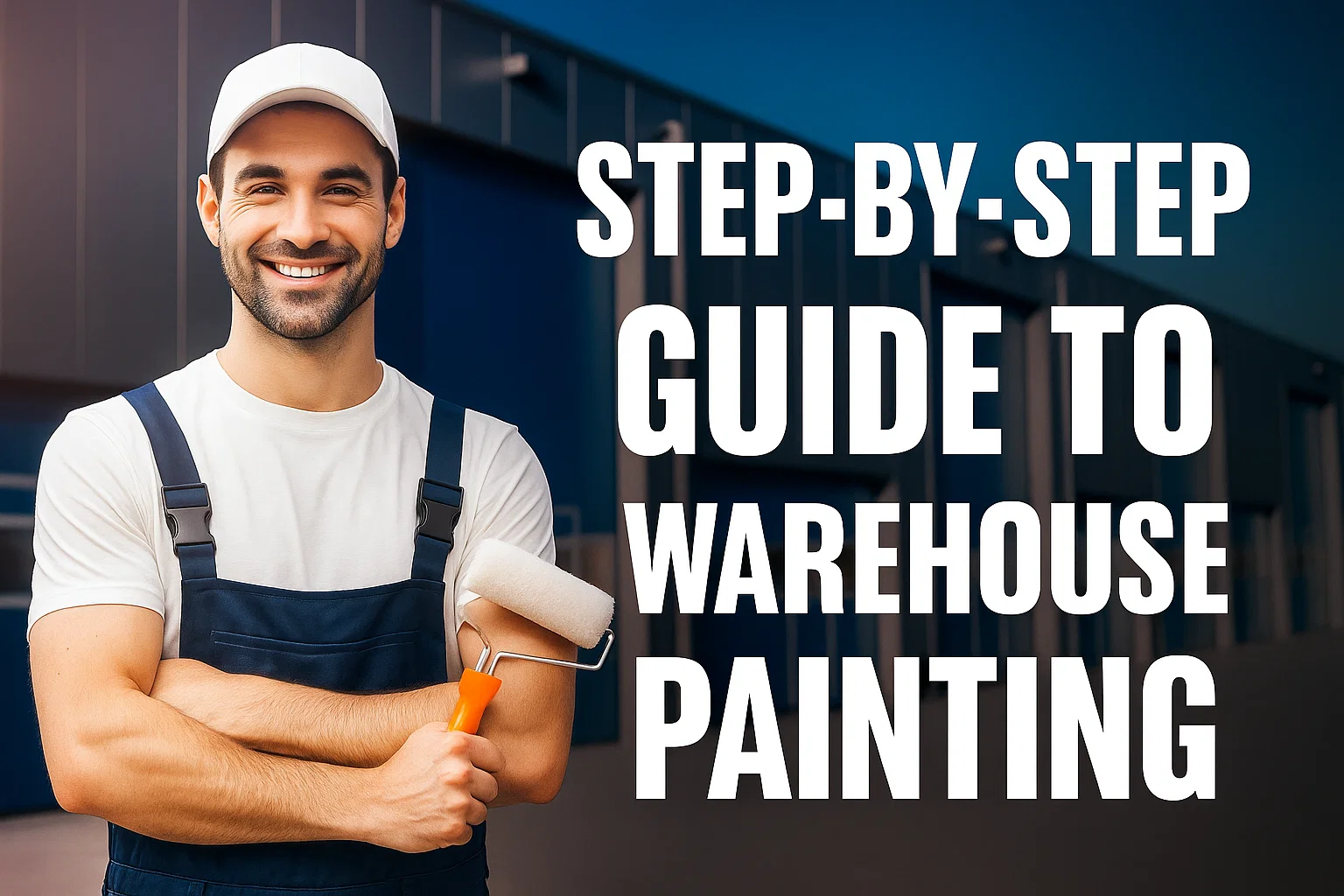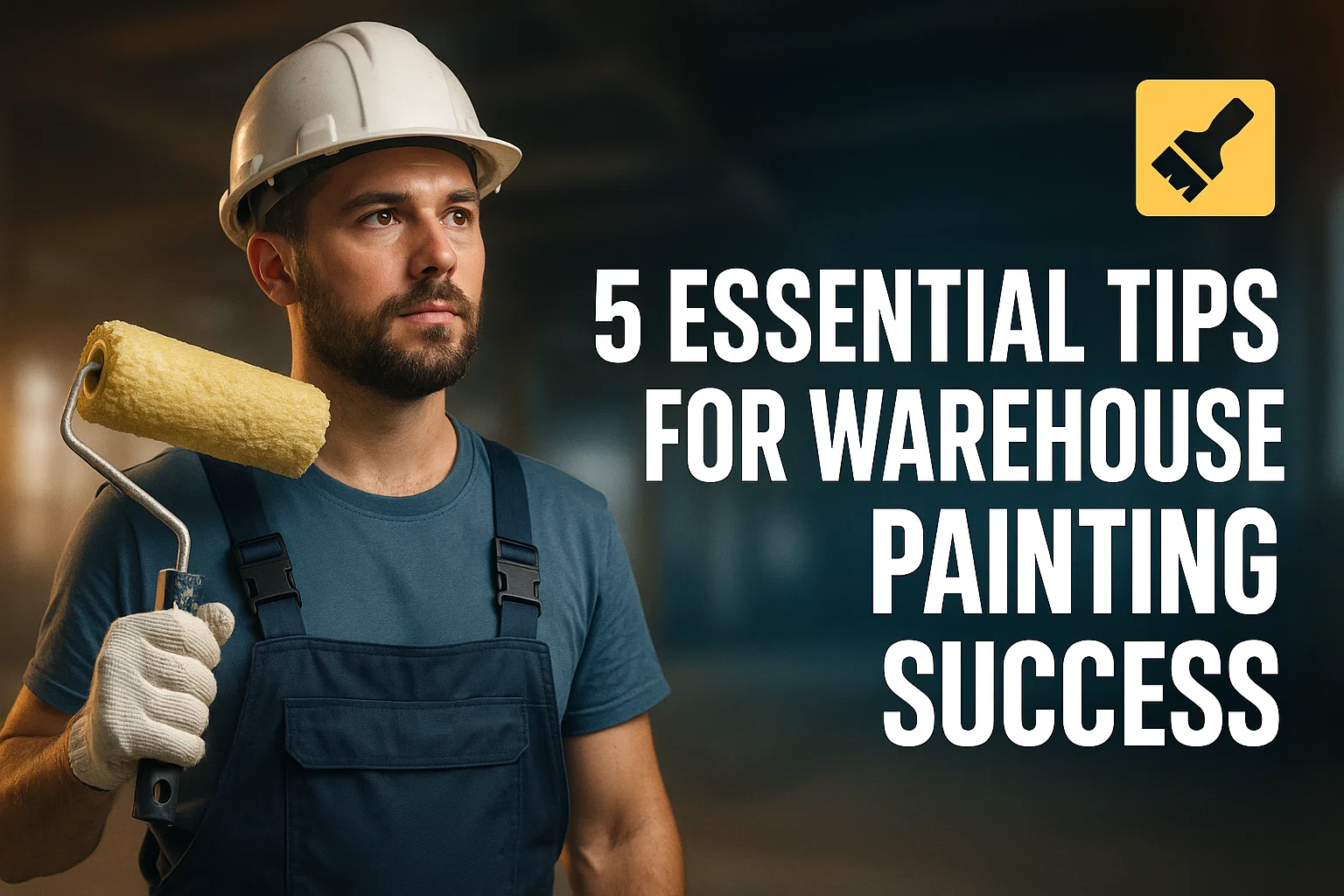Protective coatings play a crucial role in maintaining the durability and longevity of various surfaces, whether they are used on industrial equipment, floors, machinery, or even in artistic and design applications. Protective coatings provide a barrier that ensures that the material below is not damaged or corroded by the environment, worn out, or torn. In case you want to maintain the quality of your assets, it is important to know how you can use protective coating.
There are several steps that you should follow in the process of protective coating and in this guide, we will take you through all you need to know. Whether it should be a painting to apply or how to apply it, this post will contain useful tips and ideas for making the results outstanding each time.
Why Are Protective Coatings Important?
Before immersing in the process of application, it is important to know why protective coating is a necessity for any surfaces and industries. Coatings may have a number of important benefits whether in an industrial, commercial, or personal application.
Why Use Protective Coatings?
- Prevents Corrosion: Coatings provide a shield that does not allow moisture, chemicals, and other corrosive materials to access the surface. It is especially necessary with metal surfaces that are exposed to the elements including construction, automotive and marine.
- Improves Durability: Protective coating helps in increasing the life of materials by lessening wear and tear. As an example, a coating applied on the floors of warehouses or factories can withstand heavy traffic, spills and cleaning without having to deteriorate.
- Enhances Appearance: Coatings are not only utilized to offer protection to a surface, but can also be used to enhance the look of it. Giving your space a cleaner and more professional appearance, custom coatings can be customized to give your space a unique finish or color.
- Cost-Effective: The use of protective coating is cost-effective in the long run, as it saves money on maintenance expenses and on repairs or replacement.
- Sustainability: With numerous modern protective coatings, they are aimed at saving the environment, and there is less use of severe chemicals and other property capabilities that will use minimal energy.
Why is It Crucial to Apply Protective Coatings Properly?
The effective application of protective coating therefore ensures that the coating applied on the surface is fully covered as well as the coating is adhered well. When the coating is not applied properly, it may result in peeling, cracking or fading thereby undermining the protection to which it provides. The coating can also have an ugly finish due to the application of a poorly applied coating, which could leave the surface uneven.
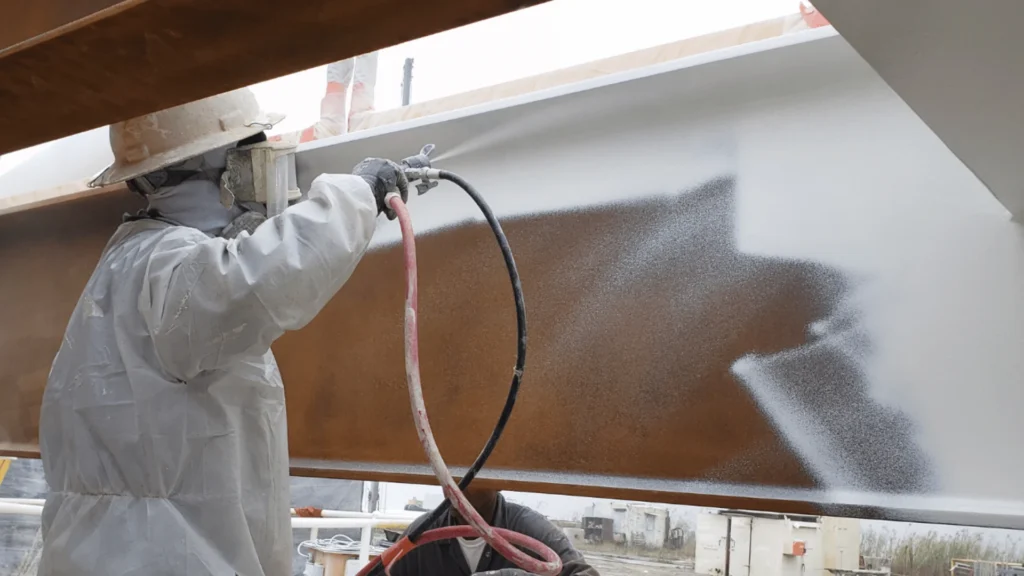
What Do You Need to Know About Protective Coatings?
Having known the value of protective coatings, now we can discuss the way to apply them. This is regardless of whether you are dealing with a coatings plant, theme coating or dealing with specific applications related to custom coating but again it involves a lot of preparation and attention to detail.
What Are the Different Types of Protective Coatings?
Protective coating can be of several types and it is important to select the right one to be applied to your project to make it durable and efficient. The most frequently encountered ones are:
- Epoxy Coatings: The epoxy coatings are very adhesive and corrosion resistant; this makes it good on metal surfaces, floors and industrial equipment. They are very durable and are widely applicable in warehouses, garages and factories.
- Polyurethane Coatings: Polyurethane Coatings are very strong, they withstand the UV light and they are glossy. They also find applications in outdoor settings, like on cars, boats or house exteriors.
- Acrylic Coatings: Acrylic coating is an all-purpose coating that offers good weathering and chemical resistance. They are typically applied to paint the walls and floors among other surfaces to give them a smooth look.
- Custom Coatings: There are projects that are in need of custom coatings which is flexible to meet the requirements like resistance to temperature or resistance to slips or more aesthetic finishes. These coatings can be customized and give protection that meets special needs.
- Thermoplastic Coatings: The thermoplastic coatings are coated on the surface when high temperatures are required, such as a heat-resistant surface in the industry where it is very essential.
What is the Coating Application Process?
The process of applying protective finishes has several easy, but fundamental steps that should be adhered to, in order to have the best application of such finishes. The process can be broken down as follows;
- Surface Preparation: The surface should be dry and clean before any coating can be applied to it. This involves the elimination of dirt, dust, grease or old finishes. Sanding or etching the surface will provide a rough texture to the surface that enhances the coating to adhere more.
- Priming (if necessary): Depending on the kind of coating and surface, a primer might be required in order to allow the paint to go on appropriately and offer a smooth surface over which the paint is laid. As in, epoxy paints will frequently need a primer which will bond the paint to the surface.
- Application: The protective coating would be applied either by using brushes or rollers and spray guns. The selection of the application method is based on the nature and size of the project. Be sure to apply the coating in thin smooth layers without streaks and pooling.
- Drying and Curing: Once the coating is applied it should be allowed to dry and cure. This makes sure that the coating hardens and fuses to the surface. The drying period also depends on the nature of the coating, humidity and temperature.
- Reapplication (if needed): There are some surfaces that might need more coats to have the required protection or finish. Although there is always the recommended re-application instruction on the manufacturer’s instructions.
5 Essential Tips for Applying Protective Coatings Effectively
Having discussed the fundamentals of using protective coating and the procedure used in the process, here are five secrets that can assist you in getting the best results in applying protective coating:
1. Proper Surface Preparation is Key
Preparation of the surface is the most significant action in the application of protective coatings. The coating will not adhere well to any dirt, dust, oil or rust; hence resulting in a rough finish or peeling. The following is how to prepare a surface:
- Clean Thoroughly: Clean the surface with a degreaser or cleaner in order to clean any oil or grease.
- Sand or etch the Surface: This makes the coating stick to the surface. Apply sandpaper or concrete etching solution.
- Patch Any Holes or Cracks: Fill and smooth the entire surface and flat.
2. Choose the Right Coating for the Job
There are no universal surfaces or conditions to use all coatings. In choosing a coating, it is necessary to keep in mind such factors as:
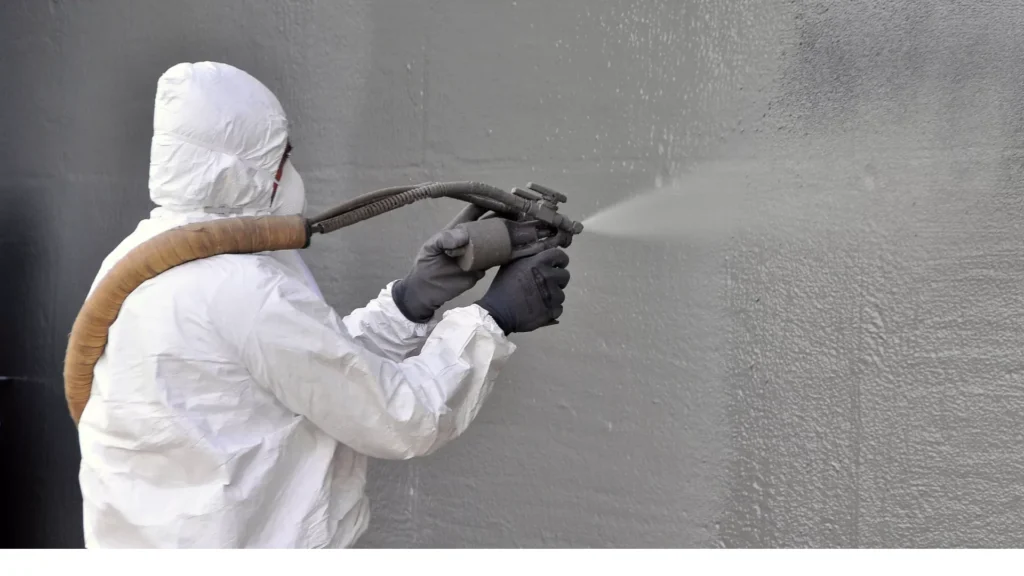
- Surface Material: There are those that are good on metal surfaces whereas there are those that work best on concrete or wood.
- Environmental Conditions: It is important to take into consideration whether the coating will be subjected to high humidity, sunlight, or chemicals.
- Durability Needs: In high-traffic spaces or equipment, the paint should be selected based on its durability and ability to promote wear resistance.
Example: In a large self-loading warehouse floor, epoxy coatings are the best choice because they are very durable and chemical and spill resistant.
3. Apply Thin, Even Coats
In the application of protective coats, never apply thick coats. It is better to have several thin layers than one thick layer of the coating because it gives a better finish and enhances the overall durability of the coating. Wipe the coating in a uniform manner on the surface to avoid streaks or irregularities.
4. Allow Adequate Drying and Curing Time
You must give time after your protective coating has been applied and it dries and cures. Although certain coatings can become touchable within a short period of time, they may still require more time to cure completely. Check the manufacturer’s drying-time, and do not hurry.
Tips: Do not walk or touch the area with the coating until the coating has completely dried so that the coating is also hardened.
5. Maintain Regular Inspections and Touch-Ups
Regular inspections and touch up of those parts that are worn out or damaged to ensure that the surface is always guarded against wear over time. It is especially necessary in places with traffic since the protective layers may be damaged after frequent contact.
Tip: Save a little of the remaining coating to use in the future in the event of repairs.
Benefits of Protective Coatings
Protective coatings have many advantages and are therefore needed to ensure the upkeep and extension of the life of your assets. Some key benefits include:
- Increased Durability: Coatings keep surfaces out of harm, corrosion, and wear, therefore, increasing their lifespan.
- Improved Appearance: Newly painted surfaces can be seen as fresh and more business-like.
- Cost-Effective Maintenance: Coating of surfaces will lower maintenance expenses on repairs and replacement.
- Enhanced Safety: Coatings can serve to increase visibility and minimize accidents by making zones and walkways clear.
Conclusion
The use of protective coatings is crucial in the maintenance of the quality and appearance of the surface regardless of whether the work is done on machinery, floors, or walls. When you undertake the right procedures in the surface preparation, the right coating, and apply it in the right manner, you will have ensured that your assets are secure and will last many years.
To learn more about custom coating and get professional protective coating services, visit Knapp Painting. We are into quality finishes which ensure permanent protection to any surfaces.
FAQs
Metallic, concrete, wood and plastic surfaces also can have protective coating applied which offers protection against damage and wear.
Wipe the surface, sand or etch it, and cover the cracks or other flaws to make sure that the coating will stick to the surface.
Drying Times The drying process of various types of coating varies, although the surface can be touched within a few hours to a day. Full curing can be as long as a week.
Yes, however, it must be well prepared with the correct materials and correct application methods to guarantee long lasting results.
It is dependent on the surroundings and how much wear the surface is being subjected to, in the case of industry, it is usually after 2-3 years. Frequent checks could aid in the issue of ascertaining when a touch-up is required.



